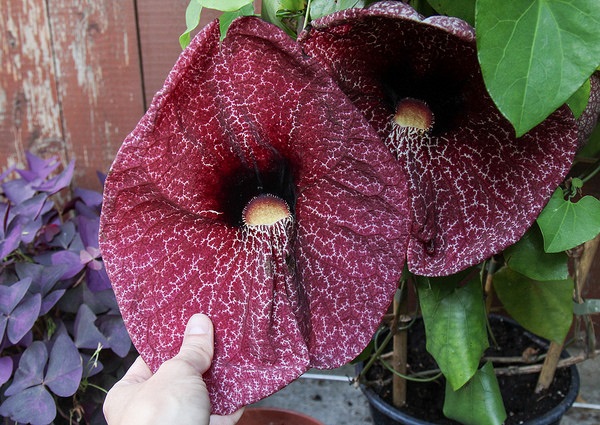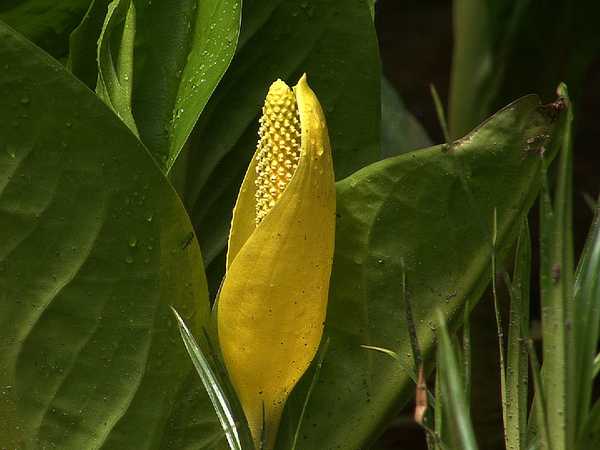
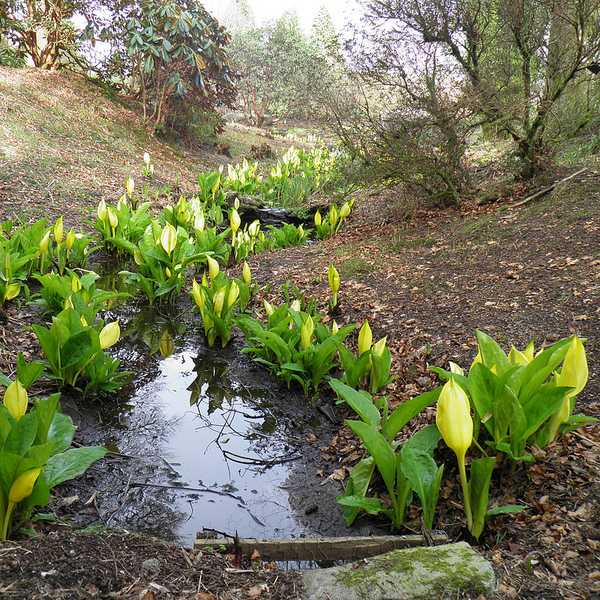
Residents of and visitors to America’s Pacific Northwest have probably seen the lovely blooms of the Yellow Skunk Cabbage (Lysichiton americanus), though its the plant’s vile smell that will likely remain in their memories. Clusters of these plants have been known to wide areas with their pungent funk. Though edible if prepared properly, Yellow Skunk Cabbage contains needle-like crystals of Calcium Oxalate that can be very irritating. Bears, on the other hand, will seek out and eat these plants after hibernating due to their laxative qualities. Credit Flickr users Mount Rainier National Park and Max East for the images above.
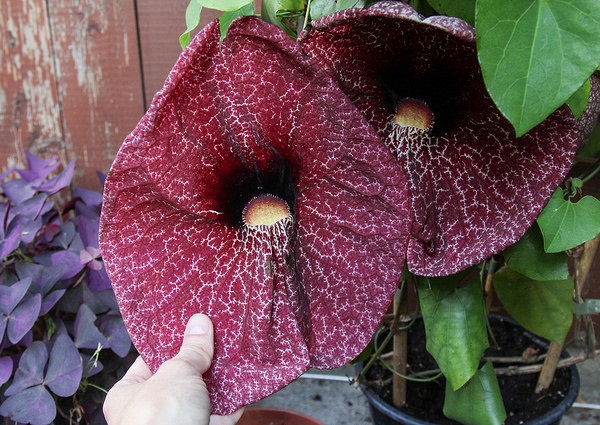
The striking Pelican Flower (Aristolochia grandiflora) is one of the world’s largest flowers as well as one of the smelliest – odd how those two characteristics often go together. In any case, the Pelican Flower grows on vines and the flowers can measure up to 8″ wide and up to 2 feet long, including their “tails”. Though native to the Caribbean region, Pelican Flowers have been introduced to Florida as their unpleasant aroma attracts butterflies as well as common flies. Flickr user Maja Dumat (blumenbiene) snapped this cluster of Pelican Flowers in July of 2015.
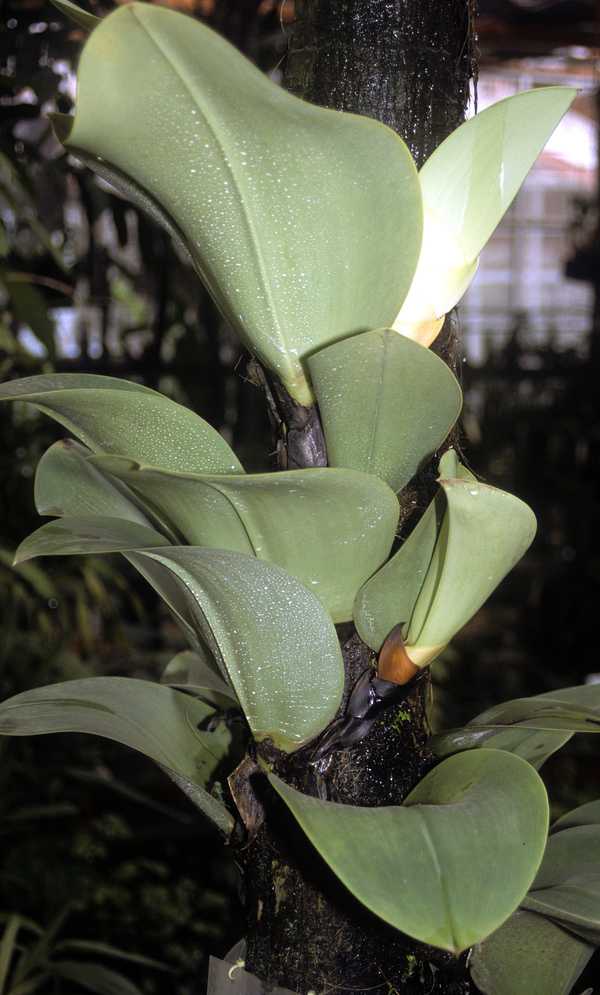
Bulbophyllum beccarii is one of the largest orchids but sadly for some, it’s also one of the worst-smelling. This Borneo native has no roots as such; instead, its large bowl-shaped leaves collect debris from taller rainforest plants and digest the products of its decay. The plant’s flowers are clusters of tiny flowers which collectively exude the odor of rotting meat in order to attract pollinating flies. Flickr user Scott Zona photographed the above majestic specimen in Kuala Lumpur, Malaysia, on January 3rd of 2008.
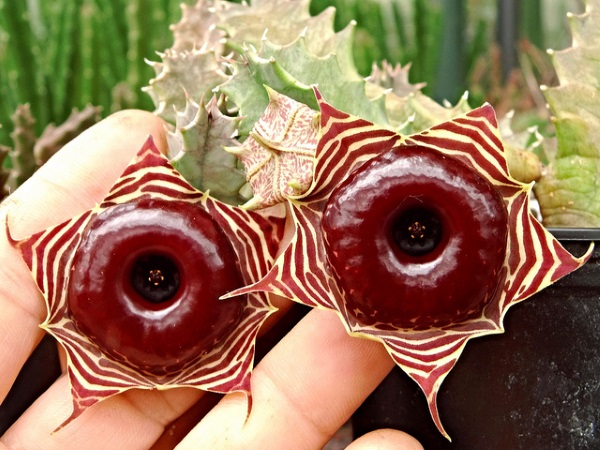
There are about 40 species in the Huernia genus of stem succulent desert plants, of which Huernia zebrina is one of most stunning visually. The plants grow in arid regions of southern Africa where they have traditionally been considered a “famine food” by the native peoples. One wonders how they got past the plants’ repulsive, carrion-like aroma but hey, we did state it was a food of last resort. Flickr user Skolnik Collection snapped the glorious cluster of Huernia zebrina in September of 2016.

